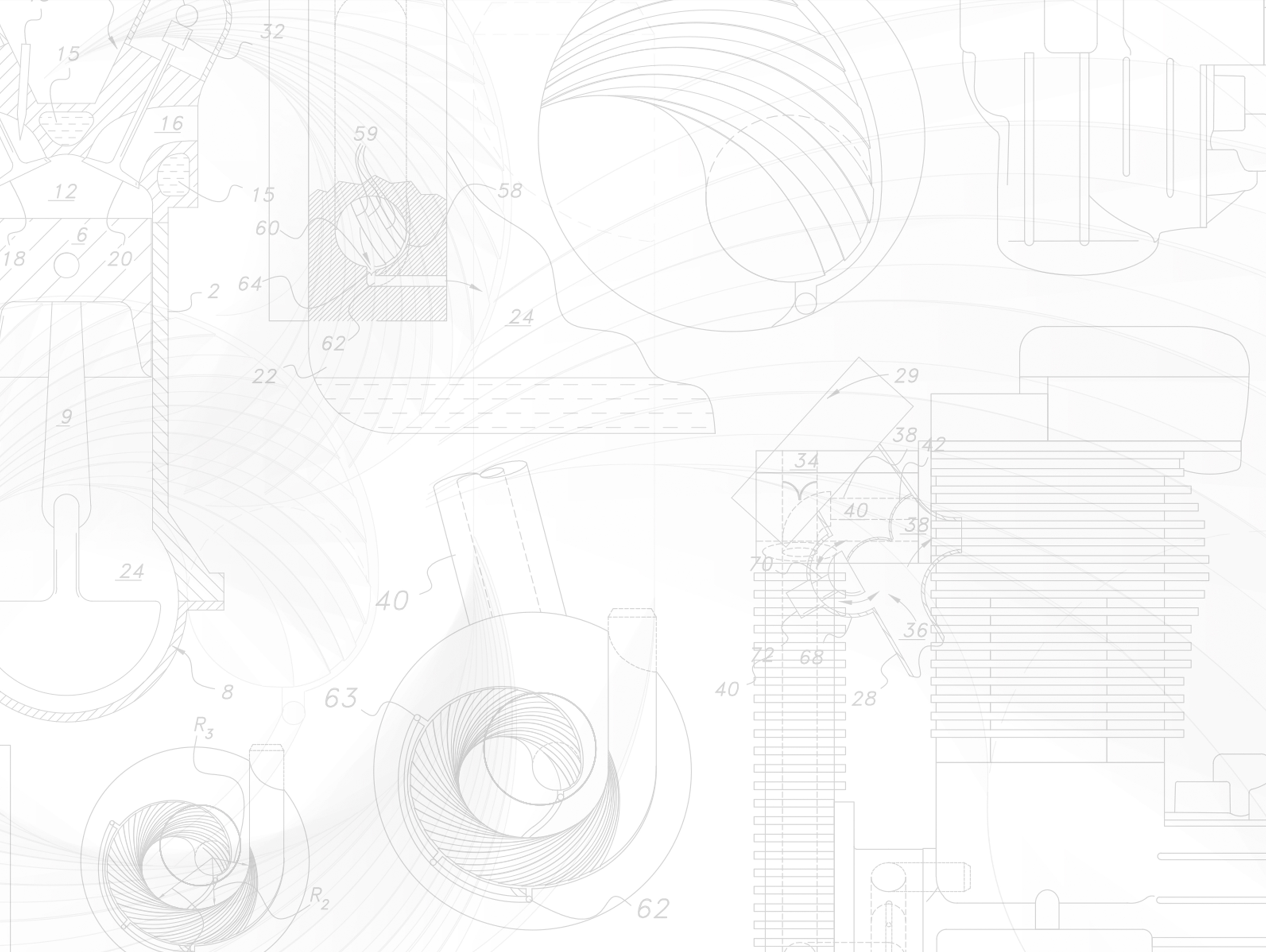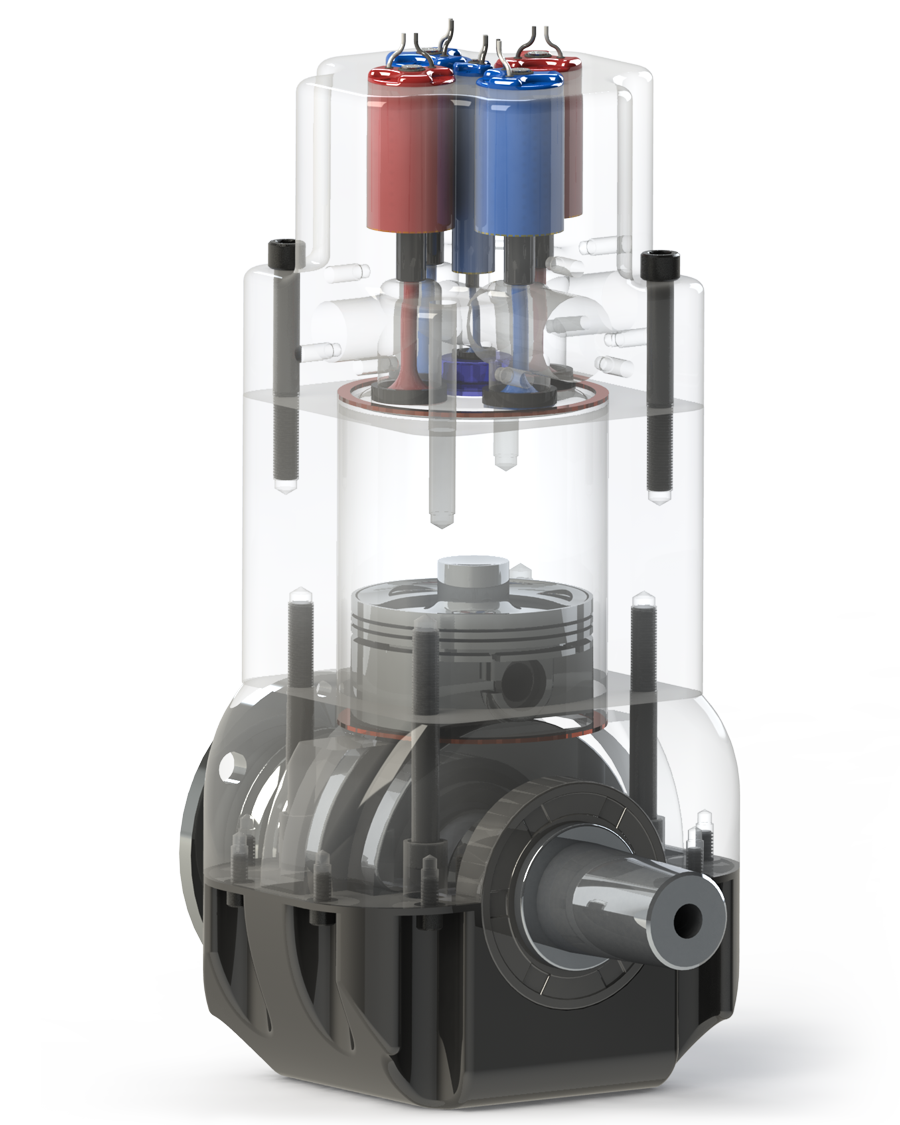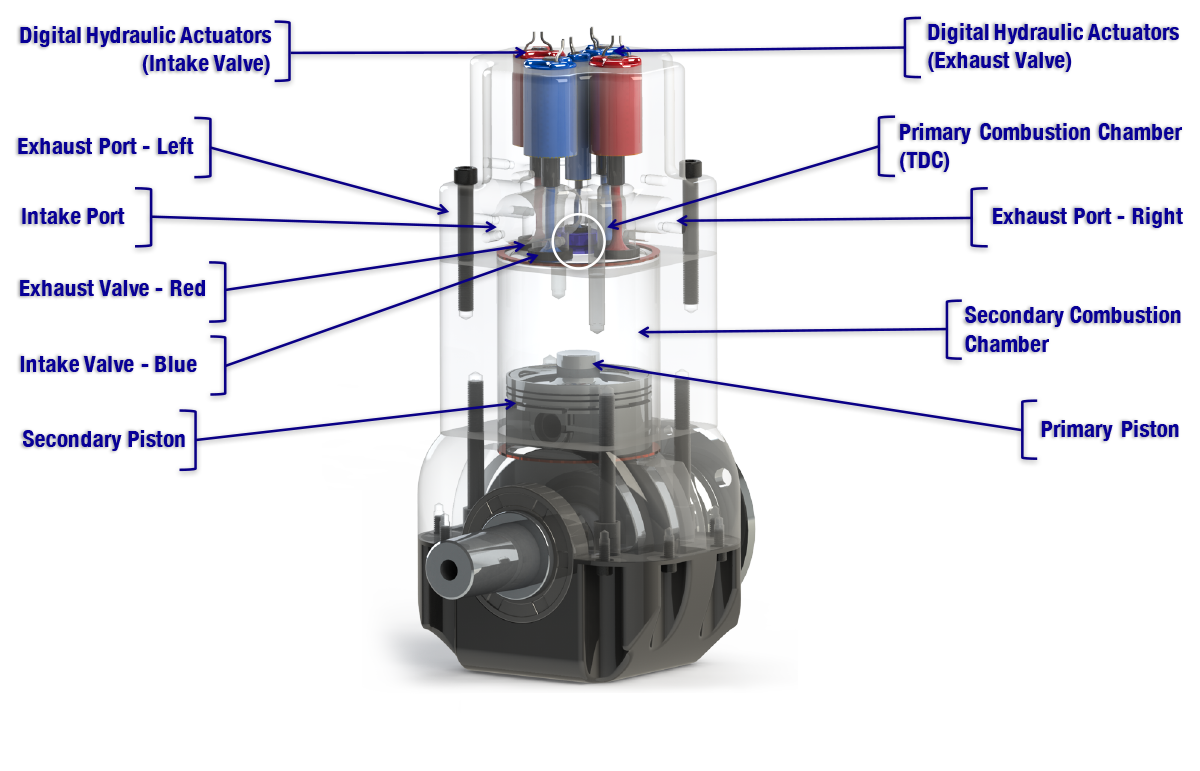Nautilus Cycle (HCI/HCCI)
(Homogeneous Compression Ignition)
(Homogeneous Charge Compression Ignition)
This unique patented design solves the inherent challenges of pre-ignition, poor cold starting, unbalanced combustion, uneven temperatures, limited RPMs and loads.
 |
Fuel EfficiencyOur HCI/HCCI engine is projected to achieve 30% more fuel efficiency than a standard ignition engine. During an HCI/HCCI ignition, the chamber has a cleaner combustion, without leaving pockets of unburnt gases. |
 |
Engine & Propulsion System CostThe Nautilus HCCI Cycle is a true pressure cascading compression ignition technology which means that we are not restricted by managing flame-front propagation properties.Thus Nautilus Engineering has reduced the part count and complexity of the engine propulsion system creating approximate cost-savings potential of 15% for small engines that range up to 30%+ for larger engines. The fundamental physics of the Nautilus HCCI Cycle is a true multi-fuel technology that enables increasing the cylinder diameter size for the additional benefits of even higher efficiencies and further packaging optimization. |
 |
Less ToxicHCI/HCCI engines are less toxic, producing minimal NOx emissions. You can learn more about this technology at Sandia National Laboratories |
The Nautilus CycleThe Nautilus Cycle combusts when the pressure inside the (smallest) primary chamber is at critical pressure. |
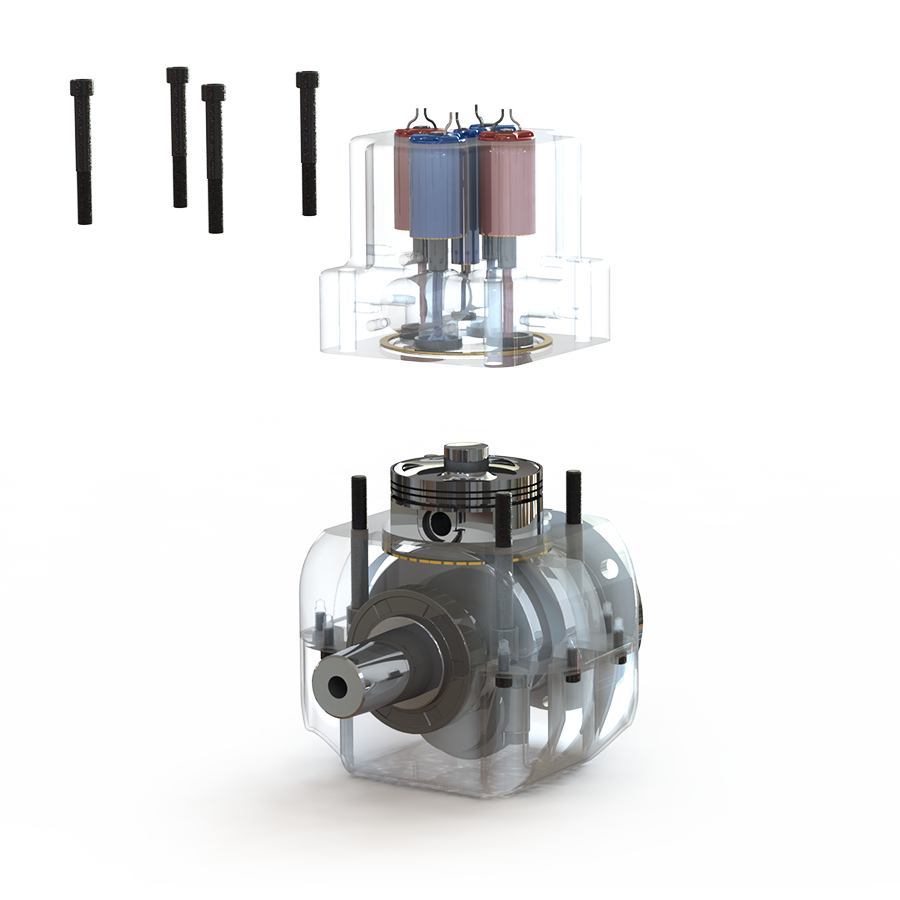 |
 |
Pure PowerAfter reaching top dead center the ignited gases flow down into the secondary piston to create the power cycle onto the larger surface area of the secondary piston (the larger part of the piston). The valves have been reconfigured so the heat generated from the exhaust cycle is now dissipated evenly which reduces intermittent transient auto-ignition. |
Simple Mechanical SolutionThe Homogeneous Mixture is pre-mixed outside of the combustion chambers, this enables dramatically reduced lean/rich pockets of homogeneous gases. This mixture is combusted in a semi-continuous cycle, which is projected to have negligible emissions. So the need for larger complex exhaust systems are reduced. |
 |
